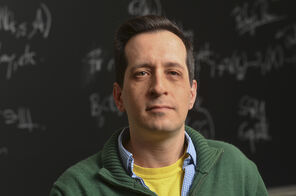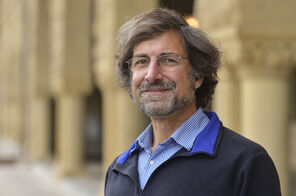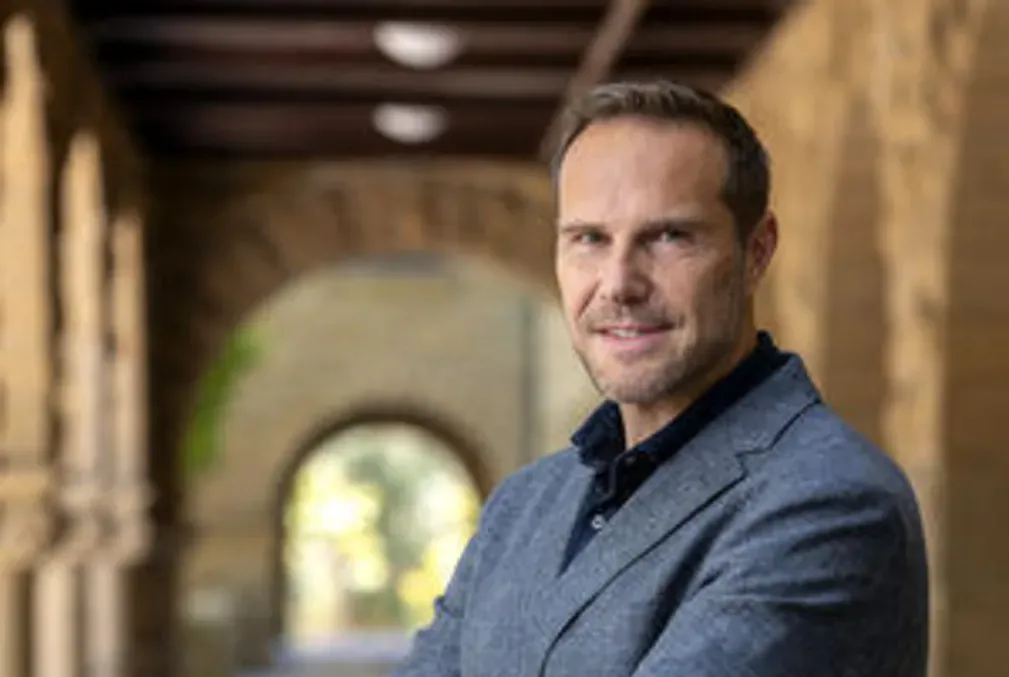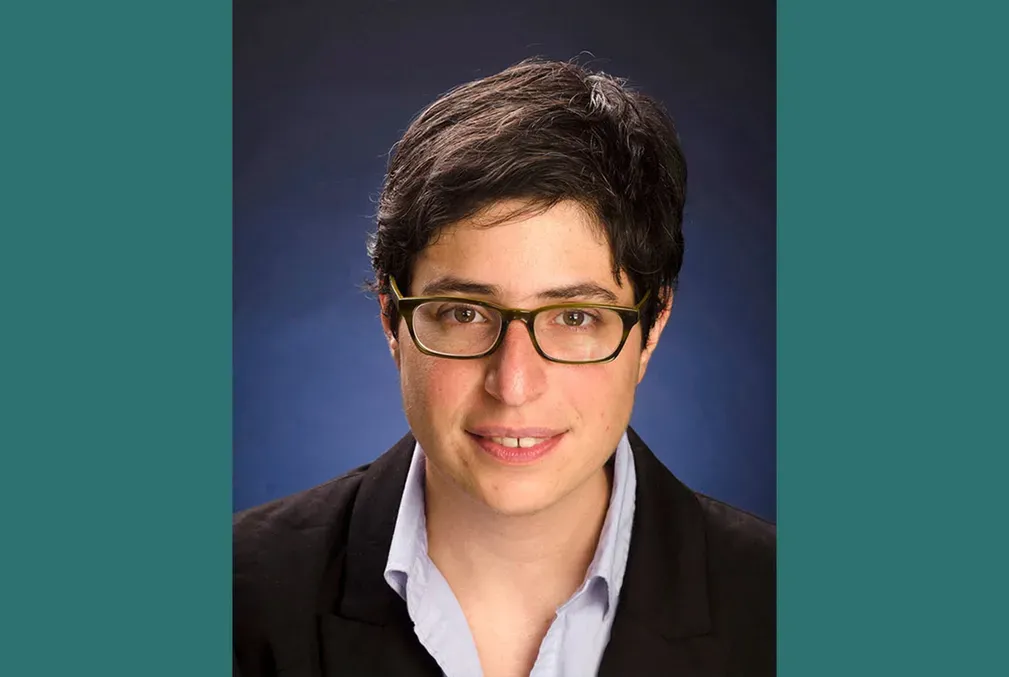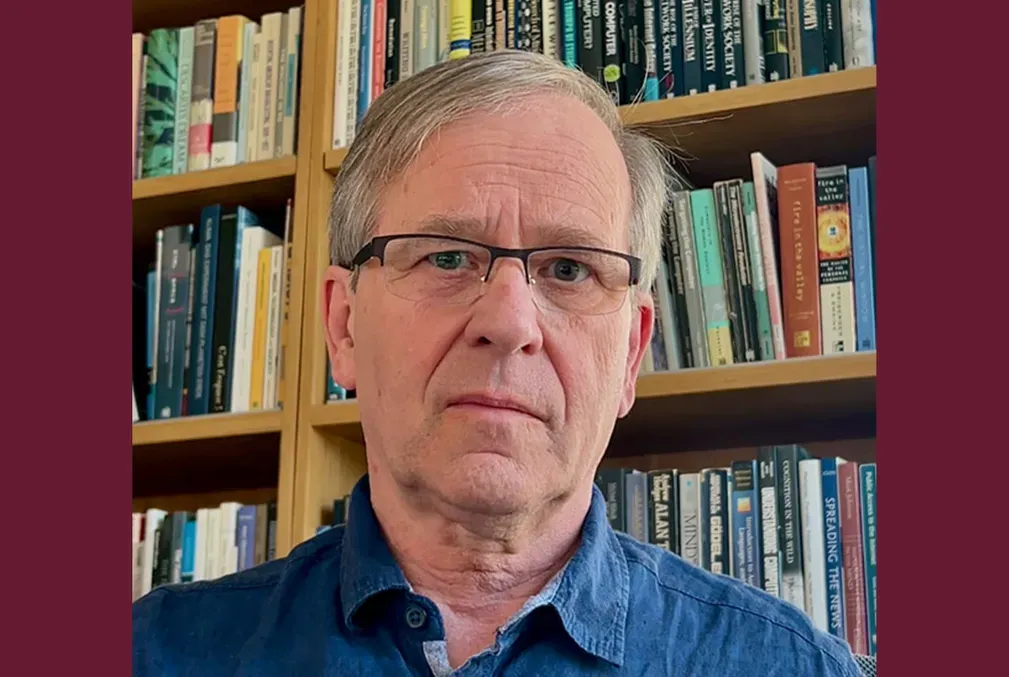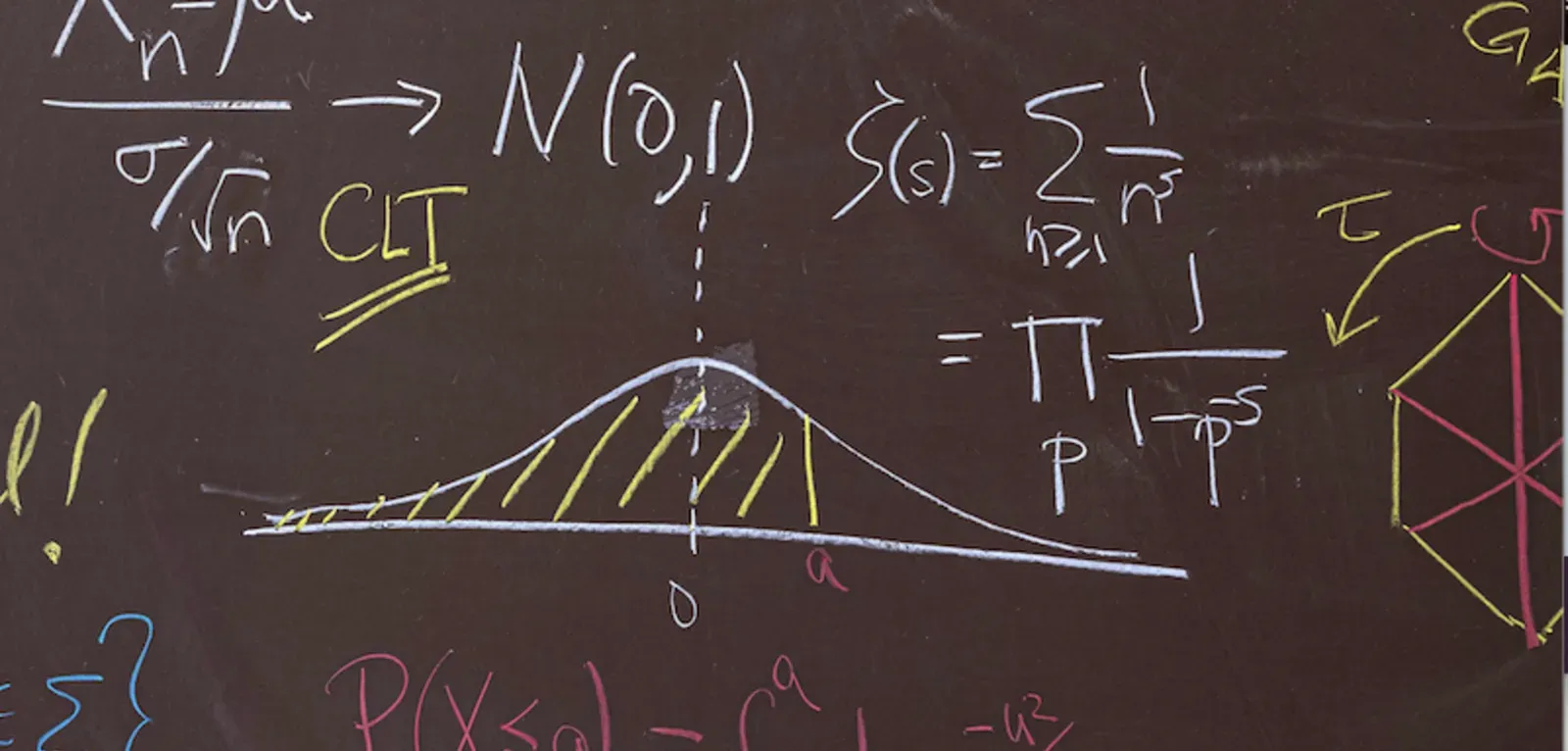
Q&A: Math faculty discuss restructuring intro courses and supporting student success
The Department of Mathematics restructures its introductory math curriculum to help ensure success for all Stanford students
Galileo Galilei said mathematics is the language of the universe. At Stanford, almost all undergraduates study math, either in preparation for quantitative majors such as physics, data science, computer science, or economics or as a prerequisite to other majors.
Because the field of math is the foundational language for many other disciplines, the Department of Mathematics in the School of Humanities and Sciences has devoted energy and time in recent years to ensure that the introductory math curriculum prepares students well for a wide range of subjects.
Here, Brian Conrad, professor of mathematics, and Rafe Mazzeo, the Cassius Lamb Kirk Professor of Natural Sciences and professor of mathematics, discuss changes undertaken to help students and improve pedagogy.
Question: What led to the department’s decisions in the past few years to make changes to its introductory courses, and who was involved?
Conrad: The overarching principle for the changes is that we want to help our students succeed at Stanford and beyond by fostering their understanding of how ideas, skills, and methods in the field of math fit together coherently as well as fit with concepts in other disciplines. More than 95 percent of undergraduates take a math class at Stanford, but too many arrive thinking math consists only of arbitrary formulas. In addition, fluency with the basic operations of math, which is both useful and genuinely important for understanding math concepts, is often deemphasized in high schools.
In recent years, additional priorities have arisen, including making the connection between math and its relationship to computer science, restructuring the math curriculum and modernizing motivation in large introductory courses, transitioning students to proof-based math classes, and increasing support for students who arrive at Stanford with different levels of math proficiency.
Question: What specific changes in the introductory course offerings were made?
Mazzeo: There were multiple changes made to the curriculum and teaching. First, since many students with a strong math interest now pursue work in computer science, we split our honors sequence into two streams. The Math 60CM series (“CM” for continuous methods) covers theoretical multivariable calculus and linear algebra, the same as what our peer institutions do. The new Math 60DM series (“DM” for discrete methods) includes similar coverage of optimization and related topics but also includes discrete mathematics relevant to computer science. To our knowledge, no other university offers such an option.
Second, Math 51 is taken each year by more than 1,000 students in preparation for quantitative coursework in engineering, physics, economics, data science, and more. We revised the curriculum with a contemporary approach, incorporating modern utility. We collaborated with our colleagues in biology, computer science, chemistry, physics, and other departments, who provided important advice.
Third, to further enhance Math 51, we created our own textbook. Akshay Venkatesh, former Stanford professor of math, wrote a 120-page draft, which was expanded to a 700-page e-book by a team of senior faculty and a senior lecturer in the math department. The initial rollout in fall 2018 was a huge success. The e-book is a living document—it is frequently updated in response to feedback—and free to anyone at Stanford. It is now also used by the Stanford Center for Professional Development and Stanford Online High School. Another team of math instructors wrote an e-book for Math 53 on differential equations.
Another change came from student feedback that indicated a desire for a gentle introduction to proof-based math. Consequently, a sophomore seminar was created. Due to student demand, it is now offered several times per year as Math 56. The course was designed by the current chair of the math department and a former assistant professor.
Moreover, in high school not all students, unfortunately, receive the same level of education or have access to the same resources. We are addressing this in two ways: SOAR (Stanford Online Academic Resources), a five-week online summer class, bolsters skills for success in calculus. I pioneered SOAR in 2019 with support from Dan Colman, dean of Continuing Studies and Summer Session, and Tomohiro Hoshi, head of Stanford Online High School. The curriculum was created by Dana Paquin, professor of math at Cal Poly. There is also a version of SOAR that focuses on writing skills.
In addition, as of 2022, we now offer Math 18 every fall quarter. This extends SOAR’s curriculum and was designed, in coordination with other STEM departments, by Lernik Asserian, lecturer in the math department. She won the Dinkelspiel Award in 2023 for her work.
Finally, the math department has expanded efforts for junior faculty and graduate students to be more effective teachers through workshops and seminars, some in collaboration with the Stanford Center for Teaching and Learning.
Question: What have been the impacts of and responses to these changes among Stanford students and faculty?
Conrad: The enrollments in our introductory courses, particularly Math 51, have increased enormously since 2018. Math 51 has received favorable mention, including in two Stanford Daily articles (January 2019 and November 2019). Math 53 has lower visibility, but we hear similar positive remarks. Math 51 is now a prerequisite for many classes, such as the large introductory machine learning course Computer Science 229.
SOAR enrolls approximately 75 students each summer, and Math 18 had 60 students in its first offering. Many attest to the positive effects on their understanding of and appreciation for math. Data show that participating in these substantially improves performance in Math 19.
Question: Are these changes related to the California Math Framework (CMF)?
Conrad and Mazzeo: No. Quantitative departments at Stanford agree on the importance of mastering core skills in algebra, geometry, and functions during high school, as well as readiness for calculus early in college. SOAR and Math 18 are needed because many under-resourced high schools often do not impart those skills at the necessary level. A synthesis list of these skills, developed in consultation with many departments at Stanford, is in an appendix for the CMF, but the math department had no role in the writing of the main text of the CMF.
High school preparation for college-level quantitative work is a complex issue, and we believe university faculty members in quantitative disciplines have much to contribute to it.
Question: What future developments are you working on or anticipating?
Conrad: A revision of Math 104 (on computational linear algebra) is being carried out by Emmanuel Candès, the Barnum-Simons Chair in Mathematics and Statistics. Our introductory course on partial differential equations, Math 131P, is being revised in response to the changes in Math 53 and in coordination with the Department of Physics.
We hope to incorporate some probability applications into Math 52 (on multivariable integration) through another free e-book. At the upper level, we’ve reorganized and expanded course offerings to provide clearer pathways and new options.
Overall, we believe these changes will help students succeed here and beyond.
Rafe Mazzeo is also the Louise and Claude Rosenberg, Jr. University Fellow in Undergraduate Education.
